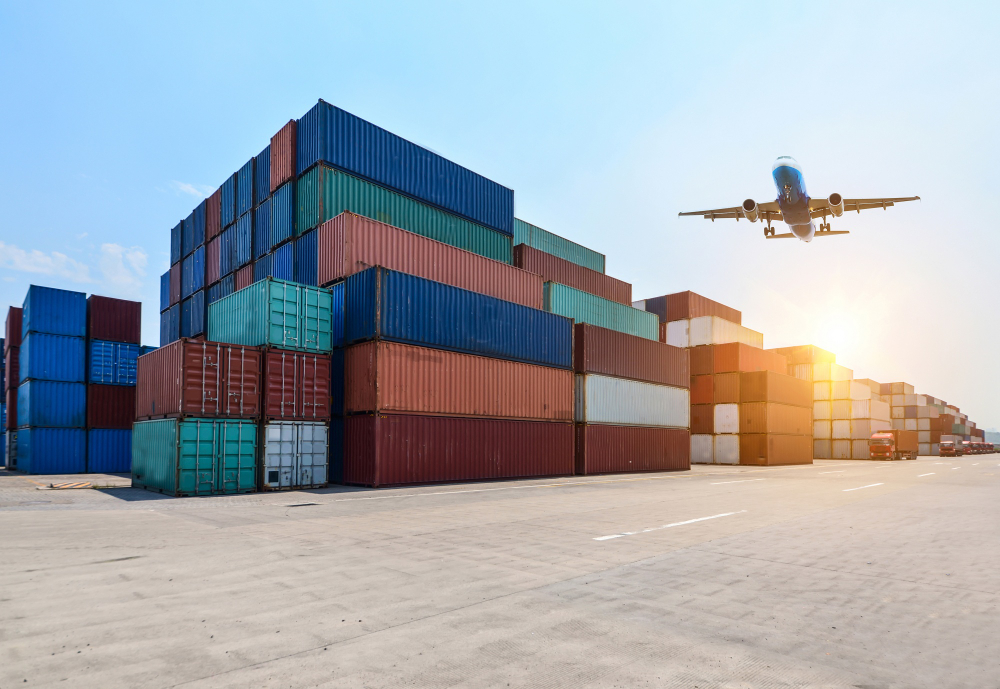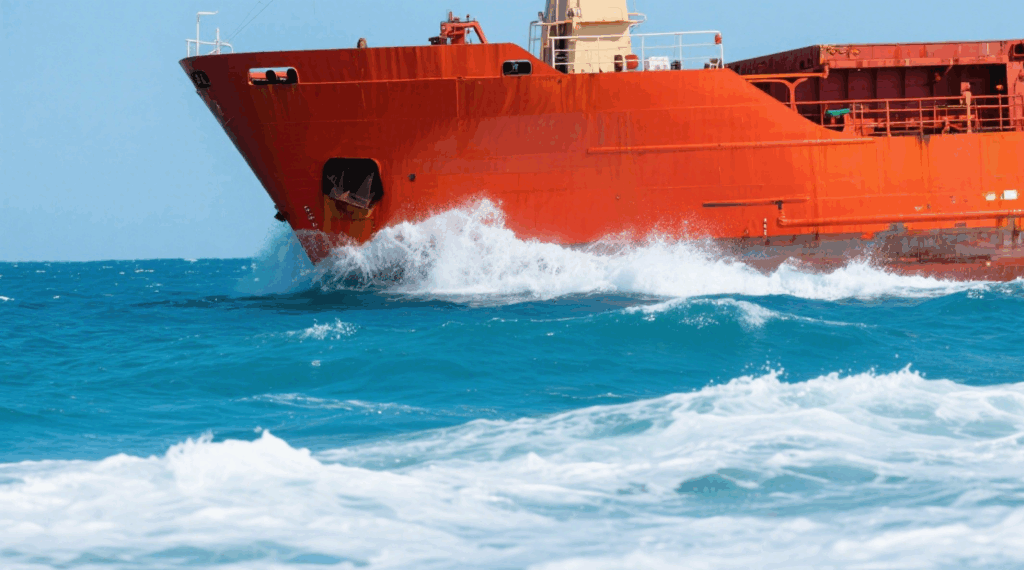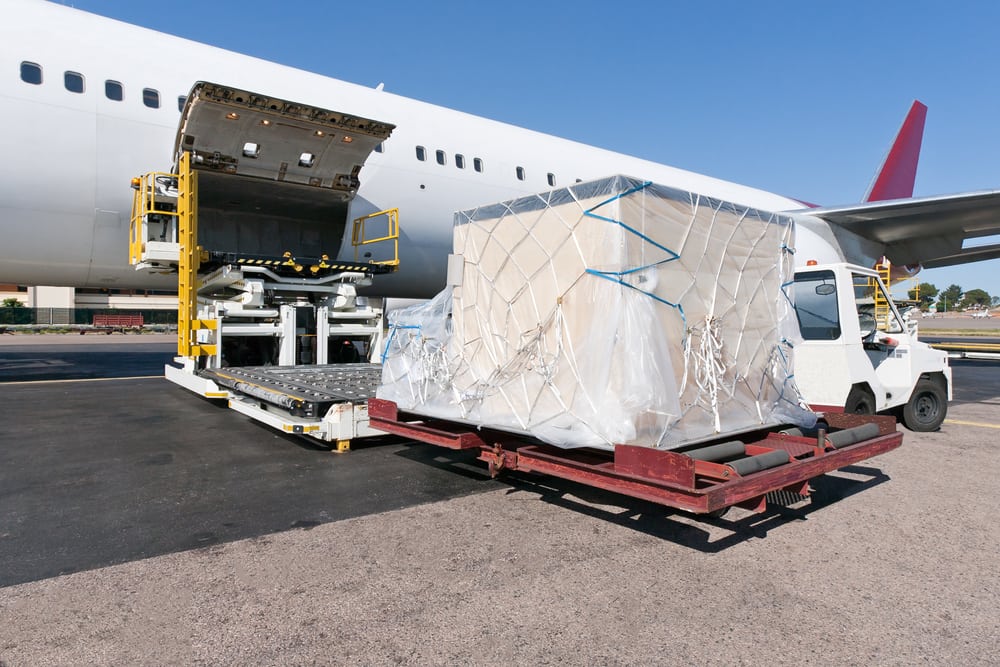China freight shipping remains the backbone of international trade, powering supply chains worldwide. Importers often face high costs, long transit times, and complex customs procedures. However, with the right planning and trusted freight forwarders, businesses can streamline logistics, reduce expenses, and ensure timely deliveries.
What Is China Freight Shipping?
China freight shipping involves transporting goods from Chinese factories or suppliers to destinations across the globe. Modes include sea freight, air freight, rail freight, and courier express.
Although sea freight dominates bulk trade, air and rail provide faster alternatives. Moreover, multimodal solutions are increasingly popular, combining cost-efficiency with time sensitivity.
How Much Does China Freight Shipping Cost?
Freight rates depend on weight, cargo volume, shipping method, and destination. Accordingly, rates fluctuate seasonally and vary by carrier.
| Method | 20GP Container (USD) | 40HQ Container (USD) | 100 kg Air Cargo (USD) | Transit Time |
|---|---|---|---|---|
| Sea Freight | 2,800 – 3,200 | 4,800 – 5,200 | – | 25–35 days |
| Air Freight | – | – | 650 – 720 | 5–8 days |
| Rail Freight (EU) | 3,200 – 3,600 | 5,600 – 6,200 | – | 15–20 days |
| Courier (Express) | – | – | 8 – 12/kg | 3–5 days |
What Documents Are Required for Freight Shipping from China?
Accurate paperwork ensures smooth customs clearance. Missing documents can cause costly delays.
| Document | Purpose |
|---|---|
| Bill of Lading (B/L) | Contract of carriage for sea freight |
| Air Waybill (AWB) | Proof of shipment for air cargo |
| Commercial Invoice | Declares value of goods |
| Packing List | Provides weight and dimensions |
| Customs Declarations | Required for export/import compliance |
| Certificates (FDA/CE) | Needed for restricted products |
| Insurance Certificate | Protects against loss or damage |
How Long Does China Freight Shipping Take?
Transit times depend on method and final destination.
| Route / Method | Transit Time |
|---|---|
| Shanghai → Los Angeles (Sea) | 25–30 days |
| Shenzhen → Hamburg (Sea) | 28–35 days |
| Xi’an → Warsaw (Rail) | 16–20 days |
| Beijing → Chicago (Air) | 6–8 days |
| Guangzhou → Sydney (Air) | 5–7 days |
Real Case Studies: China Freight Shipping
Case 1: Ningbo → Rotterdam (Furniture)
- Goods: 1 × 40HQ container of wooden furniture
- Mode: Sea freight
- Cost: USD 4,950
- Transit: 32 days
- Outcome: Lowered per-unit cost by 25% compared to air freight.
Case 2: Chengdu → Hamburg (Electronics)
- Goods: 10 tons of electronic parts
- Mode: Rail freight
- Cost: USD 5,800
- Transit: 18 days
- Outcome: Balanced speed and cost, meeting tight delivery schedules.
How Does China Freight Shipping Compare by Method?
| Factor | Sea Freight | Air Freight | Rail Freight |
|---|---|---|---|
| Cost | Low | High | Moderate |
| Transit Time | 25–35 days | 5–8 days | 15–20 days |
| Reliability | Moderate | Very high | High |
| Cargo Volume | Unlimited | Limited | Medium |
| Ideal For | Bulk goods | Urgent, high-value cargo | Europe trade |
Why Should You Use a Freight Forwarder in China?
Freight forwarders coordinate shipping, customs, and inland delivery. Furthermore, they negotiate better rates and manage compliance requirements.
On the other hand, self-managing international freight is risky and time-consuming. Therefore, most businesses rely on forwarders to simplify complex logistics.
What Are the Pros and Cons of China Freight Shipping Options?
| Mode | Pros | Cons |
|---|---|---|
| Sea Freight | Cheapest, suitable for bulk cargo | Slow, prone to delays |
| Air Freight | Fastest, reliable schedules | Expensive, limited volume |
| Rail Freight | Balanced cost and speed for Europe trade | Restricted to Eurasian routes |
| Courier | Door-to-door speed for small parcels | High cost per kg, not for bulk |

How Can You Save on China Freight Shipping Costs?
Importers can reduce expenses by consolidating shipments, booking early, and comparing carriers. Additionally, using off-peak seasons lowers freight rates.
Moreover, optimizing Incoterms (FOB vs CIF vs DDP) helps align cost responsibilities. As a result, importers gain better control of total landed costs.
Should You Choose Sea, Air, or Rail Freight from China?
Your choice depends on cargo type, urgency, and budget. For example, sea is best for heavy goods, while air works for urgent shipments.
To illustrate, e-commerce sellers often rely on air freight, whereas manufacturers prefer sea for raw materials. Without a doubt, rail freight bridges the gap for European importers.
Conclusion
China freight shipping remains essential for global trade, connecting factories to markets worldwide. Although costs and transit times vary, choosing the right method ensures efficient logistics.
Moreover, freight forwarders simplify customs, optimize routes, and reduce risks. To summarize, importers can achieve faster deliveries, lower expenses, and smoother supply chains by working with reliable partners.
- Consult TJ China Freight Forwarding for the lowest quote. They will provide you with reliable, cost-effective service.
FAQ:
Q1.How do I calculate chargeable weight for air freight in China freight shipping?
Chargeable weight equals actual or volumetric weight, whichever is greater, ensuring accurate billing for international air cargo shipments.
Q2.Can hazardous goods be shipped using China freight shipping?
Yes, but only with certified packaging, MSDS documentation, and airline or carrier approval for international transport compliance.
Q3.What is the cheapest option for small parcels in China freight shipping?
Courier services, although higher per kg, provide fast and reliable delivery for urgent e-commerce or small shipments globally.
Q4.Do I need a customs bond for China freight shipping to USA?
Yes, a customs bond is required for all US imports, guaranteeing duties and taxes are covered before customs clearance.
Q5.How can I track shipments during China freight shipping?
Most carriers and freight forwarders provide online tracking platforms, using B/L or AWB numbers for real-time shipment updates.





